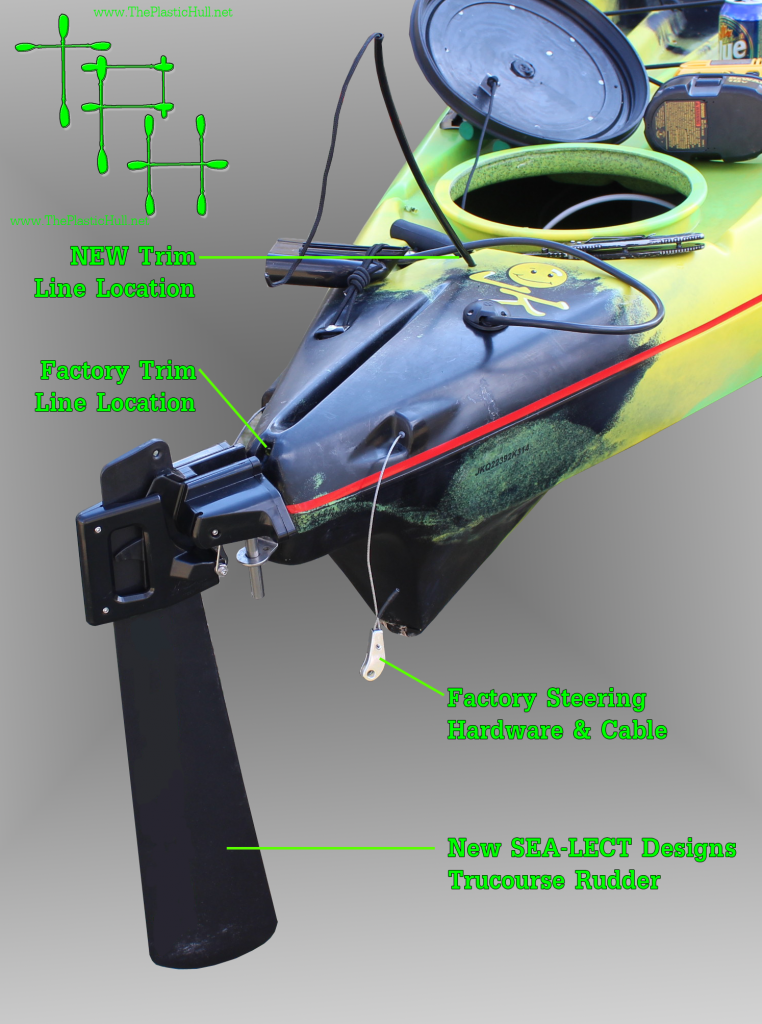 Weather predictions are rarely correct in the marine environment. From my experience they are typically close or way off. This past Saturday was the well off experience. Weather predictions for the area were winds light and variable seas 1-3 inches. I knew something wasn’t right prior to leaving the house around 5:00 am. It was already breezy. A quick text to Capt. Jim and the typical Capt Jim response “It’ll lay down”.
Weather predictions are rarely correct in the marine environment. From my experience they are typically close or way off. This past Saturday was the well off experience. Weather predictions for the area were winds light and variable seas 1-3 inches. I knew something wasn’t right prior to leaving the house around 5:00 am. It was already breezy. A quick text to Capt. Jim and the typical Capt Jim response “It’ll lay down”.
Met Jim at the drop in and well it was really windy but hell we went out anyway. About 100 yards from shore begun to understand how rough it was. Paddled past a boat with two old times aboard. They just looked and i could tell they were thinking to themselves we were crazy. I asked one of them if they had seen any bunker around. The guy just nodded that he did not.
The waves were immense at 3-4 foot but manageable as paddling into them was better than going sideways. Two miles later reaching the area of the Raritan Reach channel planned to fish. Attempted to fish but it was just to rough too fast of a drift and really felt unsafe. The options arose. Beach on Staten Island and wait a little while to see if the wind was going to lay down. Or high tale it back to the launch to go fish the bay side of Sandy Hook. It took about 5 minutes and we were turned around bow to land. Back to the drop in. The ride in with the large waves and following sea was uneasy but an easy paddle back.
Once loaded up it was about a 40 min drive roughly 30 miles driving distance to the tip of Sandy Hook. The location is Fort Hancock which was an army fort built to defend the waterways and ports to New York City active from 1859 then decommissioned in 1974. It is now a national park and is part of the Gateway National Park System. There are many other things to do in the park that involve the outdoors.
So it was much calmer since the land blocks the wind and waves that were full force at the previous location. We dropped in and begun to fish. There were a few other kayak anglers there of whom I knew one of them. They stated the fishing wasn’t really good and the incoming tide was against the wind there.
It seemed to be a slow pick but there are big fish in the area. I ended up loosing one because it wouldn’t fit in my net. A few more short fish for the day the largest landed by myself being a 15.5 incher. Jim had a decent one over 19″. The drift was fast and i couldn’t hold bottom with a 3 oz Spro. Jim was using what looked like minimal a 4 oz huge buck tail. It wasn’t long after that 3:30 Pm rolled around and called it a day.
Once on shore and walking your yaks through a wedding setup a park ranger came by and checked our catch and asked us a few questions. She was actually pleasant to communicate with.
This concluded the fishing trip. It was a nice ride home although I was exhausted. Im looking forward to getting out on the water again asap.
Check back for more fishing journal entries in the future!






 patruding end of a nut and bolt.
patruding end of a nut and bolt. The result is a water tight protected Cable plug. To should still be careful takes it from getting sand or other debris. The grease it will stick and make a pretty big mess.
The result is a water tight protected Cable plug. To should still be careful takes it from getting sand or other debris. The grease it will stick and make a pretty big mess.






